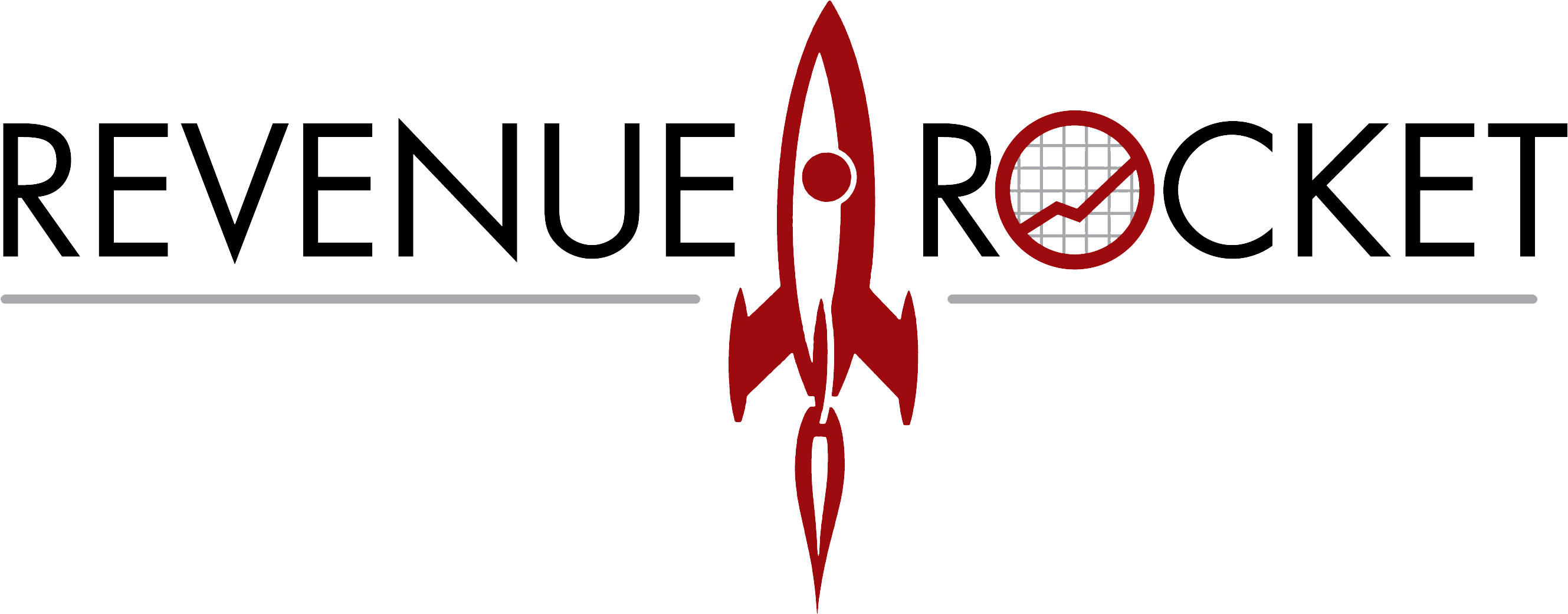07 Jan When do spurts of short-term growth become a long-term problem?
It’s when your horizon is only the next quarter or the next year. The simple truth is that IT services executives have to constantly be looking ahead two and three years.
Are you grappling with the curse of growth? You know what that is. Your business is growing, but as you move to the next revenue and profit milestone, you realize that the strategies that got you to Point A aren’t the ones that’ll get you to Point B, or the ones that got you to Point B aren’t the ones that’ll get you to Point C, and so on. It’s a good problem to have, but a problem nonetheless.
At certain growth intervals you’re forced to confront the question of whether you have the horsepower to get to the next level in terms of talent, geography, service offering, resources, infrastructure, capital and the like. The growth strategies that work for a $5 million company won’t get you to $10 million, or those for a $15 million company won’t get you to $25 million. It’s an immutable law of business in the IT industry.
The simple truth is that IT services executives have to be constantly looking ahead two and three years. The reason is equally simple: Ours can be an unkind industry for those without a forward-looking and aggressive, profitable growth imperative, because if you’re not growing you’ll soon find yourself on the wrong side of prosperity. It’s an industry in which the impediments to growth are inherent in the very dynamism that is Information Technology, as well as the internal constraints that quickly consume IT services executives.
It’s this dynamism that drives growth and prosperity, and it’s the one characteristic that separates this industry from all others. No moss grows on this rolling stone, as every day sees the introduction of new ideas, technologies, products and services, with no end in sight. You’ve often heard Revenue Rocket speak of the need to stay ahead of what we call the Innovation Cycle. It’s that four-and-a-half-year window made up of three distinct periods, each about 18 months long, which we know as growth, stagnation and — inevitably, regrettably — decline.
Keeping yourself in the growth stage means always staying one step ahead of business model innovation: externally by keeping your company in sync with the ever-changing innovations that define the industry, and internally by implementing the need-to-change innovations that define your business. Those executives that have the wherewithal to do so will find themselves perpetually in the growth stage.
The key to keeping your company perpetually in the growth stage is to adopt a mode of management that moves from “working in” the business to “working on” the business. The latter is concentration on strategy — the big picture, as it were; the former is the gravitational pull toward the tactical — the nuts and bolts of managing day-to-day operations. It’s easy to get caught up in managing the operations, as most of the entrepreneurs who own and run small to midsize services firms come from the technology side and it’s their first love.
Growth is not a divine right. It has to be planned for objectively and executed relentlessly and skillfully. We’ve seen many executives who’ve adopted what we call a lifestyle approach to their business. That is, they’re quite satisfied having achieved a size that’s comfortable for them, and they’re content to stay at that size. For those we say, good for you … but be careful. It may not last as long as you’d like. You may find yourself easy prey for those with a more robust growth appetite.
For those with a heartier appetite, you need to know that you’ll hit a revenue and profit wall in your growth. The time to prepare for this eventuality is not when you slam into this wall, but long before. Ideally it shouldn’t be about changing your vision, your focus or your specialization. It should be about how to complement your vision with new strategies that advance your cause. How and what your new growth strategies ought to be depends on a number of factors, but shifts may include mergers and acquisitions, adding new offices and new channels, getting into adjacent markets, or revamping your sales and marketing or delivery apparatus.
Whatever it is you’re contemplating doing, the time to start thinking about and planning for 2015 and 2016 is now.


